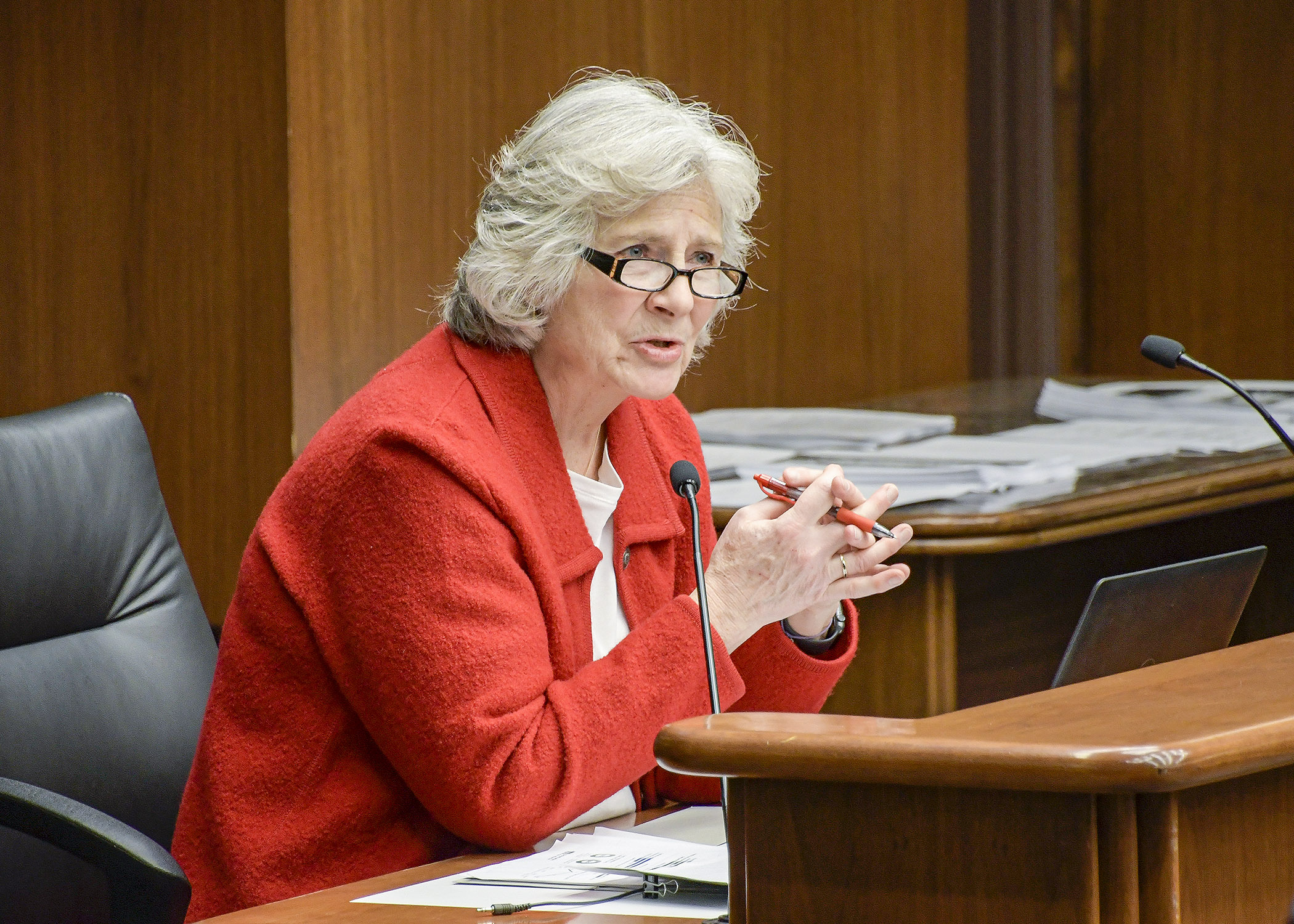Long-term care facilities remain major concern in COVID-19 pandemic
As the COVID-19 pandemic persists, the focus on long-term care facilities not only needs to continue, but also “evolve, get better, get deeper, the more we learn,” Health Commissioner Jan Malcolm told the House Health and Human Services Finance Division Friday.
People in long-term care facilities are often at higher risk to the coronavirus due to age, pre-existing health conditions, close living quarters, and an environment that is generally conducive to the spread of infectious diseases.
In addition, problems like staffing shortages and infection control posed “very serious and systemic challenges well before this pandemic came along,” Malcolm said during the remote informational hearing.
[MORE: Watch the remote hearing]
Despite some misconceptions, Minnesota isn’t worse-off than other states in regards to COVID-19 cases in its long-term care facilities, Malcolm said.
Reporting is inconsistent between states – with some only reporting cases and deaths in skilled nursing facilities, while Minnesota considers a broader range of congregate settings, including group homes, assisted living facilities, memory and transitional care settings, skilled nursing facilities, and substance abuse and mental health facilities, she said.
According to Malcolm’s presentation, the state is working to fight the spread of COVID-19 in long-term care facilities by:
 Health Commissioner Jan Malcolm. House Photography file photo
Health Commissioner Jan Malcolm. House Photography file photo- expanding testing;
- providing support and addressing barriers as quickly as possible;
- providing personal protective equipment as needed;
- ensuring adequate staffing levels; and
- leveraging existing partnerships.
Intervention supports provided by the department vary depending on the specific needs of the facility and factors like the number of cases in a facility, its regulatory history, and any staffing or personal protective equipment needs.
In addition to case management, interventions offered by the Department of Health include on-site visits, testing, assistance with PPE or staffing, and coordination with the Office of Ombudsman for Long-Term Care and local public health agencies.
The Department of Health has also released a volunteer management system to match current or retired health care workers to facilities – usually near their homes – in need of additional staffing support, Malcolm said.
So far, 32% of shift requests have been filled, and the department is working to build the capacity of the program by increasing the number of staff available on-call, she said.
Rep. Glenn Gruenhagen (R-Glencoe) expressed concern and frustration over the placement of COVID-19 patients in nursing homes while hospitals in rural Minnesota are “basically empty, laying off people, and going bankrupt because they don’t have any patients.”
Malcolm said it’s important for the state to figure out how to best leverage the different capacities available in different parts of the state.
Related Articles
Search Session Daily
Advanced Search OptionsPriority Dailies
Legislature — with budget incomplete — gavels out, prepares for special session
By Rob Hubbard Some years, state legislative sessions surge to a climax on their final day, a flurry of activity providing a sustained adrenaline rush, culminating in smiles of satisfaction as...
Some years, state legislative sessions surge to a climax on their final day, a flurry of activity providing a sustained adrenaline rush, culminating in smiles of satisfaction as...
Walz, lawmakers strike budget deal in session's final days
By Lisa Kaczke With five days to go in the 2025 session, three of four legislative leaders announced a budget agreement Thursday that would sunset unemployment insurance for hourly school empl...
With five days to go in the 2025 session, three of four legislative leaders announced a budget agreement Thursday that would sunset unemployment insurance for hourly school empl...